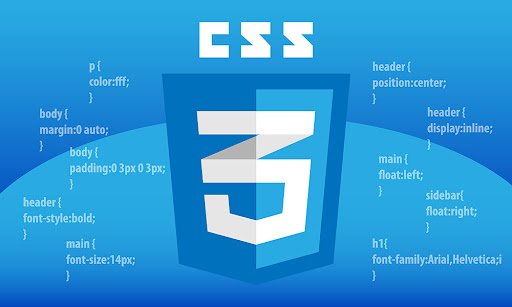

 6 Weeks
BEST SELLER
6 Weeks
BEST SELLER
The CSS course covers basics like styling, selectors, and layout techniques, advancing to transitions, animations, and preprocessors. It explores popular frameworks like Bootstrap and CSS architecture, along with advanced topics like custom properties and post-processing. Through practical exercises, students gain proficiency in designing visually appealing and responsive websites.
It is designed to validate the knowledge, skills, and competencies of individuals in a specific area of study or professional field. The certification program is meticulously designed to ensure that candidates have acquired a comprehensive understanding of the subject matter. It encompasses both theoretical knowledge and practical application, allowing candidates to demonstrate their expertise in real-world scenarios.
Mark Jack
22 April, 2022Lorem ipsum dolor sit amet, consectetur adipiscing elit, sed do eiusmod tempor incididunt ut labore et dolore magna aliqua. Ut enim ad minim veniam, quis nostrud exercitation ullamco
Alexa Deo
26 April, 2022The purpose of lorem ipsum is to create a natural looking block of text (sentence, paragraph, page, etc.) that doesn't distract from the layout. A practice not without controversy, laying out pages.
Tara sing
26 April, 2022The passage experienced a surge in popularity during the 1960s when Letraset used it on their dry-transfer sheets, and again during the 90s as desktop publishers bundled the text with their software.